Giuseppe Arcimboldo, Vertumnus (Portrait of Holy Roman Emperor Rudolph II, 1591. Oil on panel. 27.55 in x 22.83 in. Collection: Skokloster Castle, Håbo Municipality, Sweden. Wikimedia Commons.
Trying to figure out what to do with your extra CSA vegetables and fruits? Maybe you should take a page out of Guiseppe Arcimboldo’s book! Though he worked in many genres, the imaginative Late Renaissance artist (who lived from 1526/ or 1527 to 1593) is best known for painting busts (head-on or in profile) that served as delightful “capricci” meaning jokes or games. One famous example is this audacious and amusing portrait of Arcimboldo’s most important patron the Holy Roman Emperor Rudolph II. Created in 1591, it describes the Hapsburg ruler entirely through a copious bounty of seasonal and exotic fruits, vegetables, flowers, and grains.
Look closely. How many elements can you identify? Note some of the visual puns - including the “peachy” cheeks and “ears” of corn (a foodstuff only available in the New World at this time!) Having commissioned this portrait (along with many other more traditional ones), Rudolph shows himself to possess sophisticated taste and “in” on the painterly joke. In addition to being clever, Arcimboldo’s painting coincides with a growing interest in the natural sciences, especially in botany, as well as a growing desire among the European elite to showcase their knowledge about and collections of species, objects, and oddities from far off places. The fact that Rudolph had access to myriad items from different seasons and particularly luxury produce from foreign lands was intended to demonstrate his extensive dominion, status and wealth. Additionally, the painting’s title “Vertumnus” associates Rudolph II with the Roman god of changing seasons, who was said to have been present at the birth of Rome, linking him not only with divine abundance but the history of the Roman Empire. Not too shabby for a guy depicted in pomegranates, figs, gourds and cabbage.

